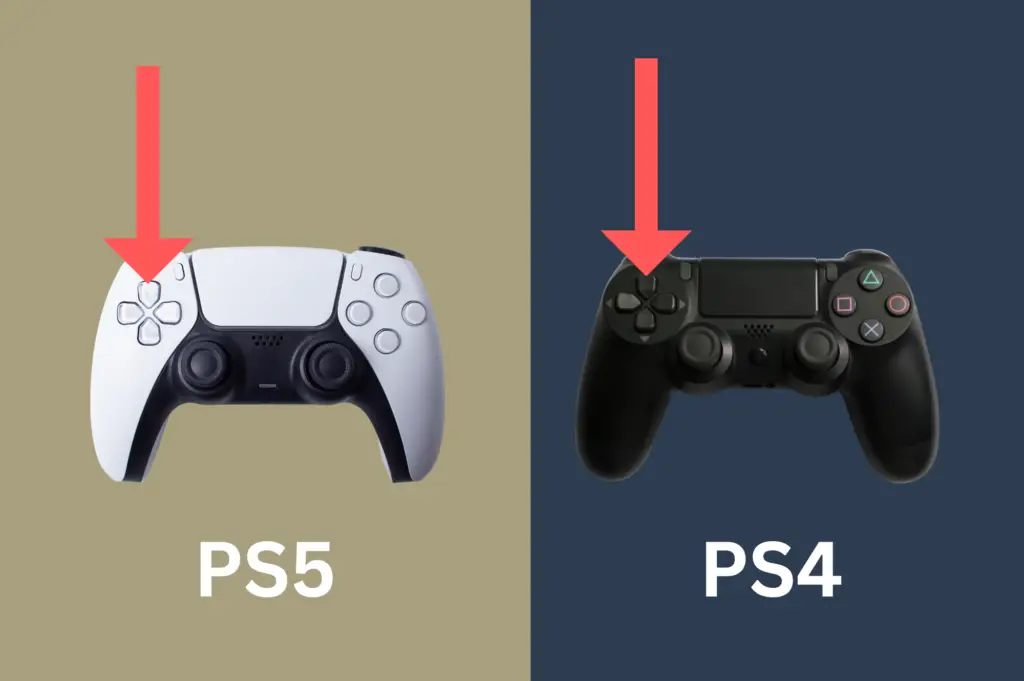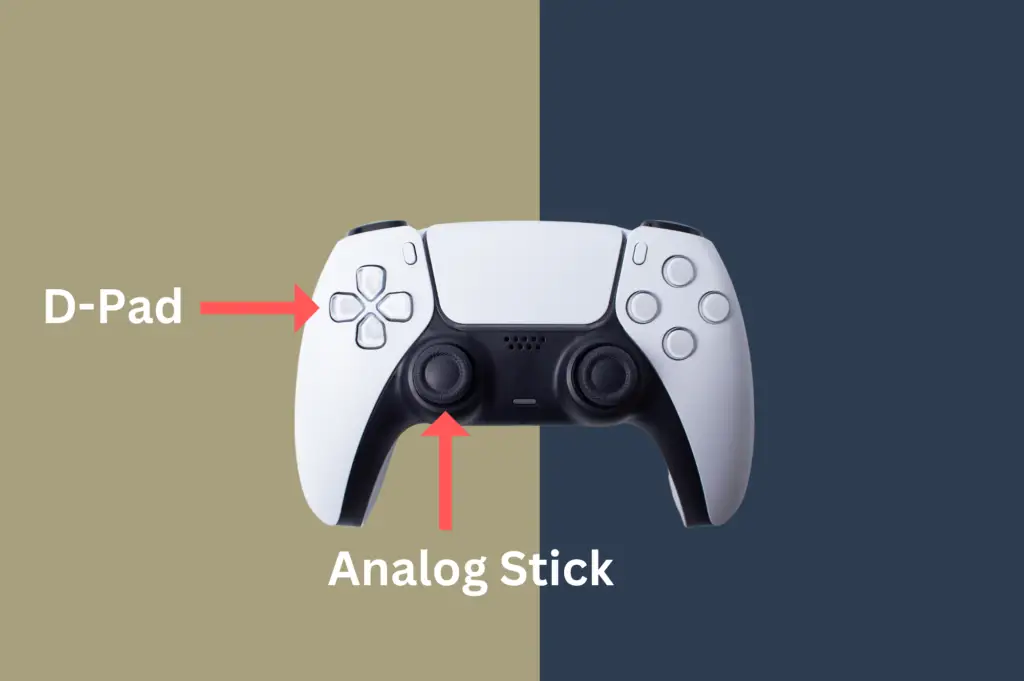What is D-pad on PS5: A Concise Guide to Understanding Its Function

In the immersive world of gaming, understanding the intricacies of your console’s controller can make all the difference. A key component of the PlayStation 5’s DualSense controller is the D-pad, a cluster of directional buttons that greatly influence gameplay.
This article delves into what the D-pad on PS5 is, its functionality, and its pivotal role in enhancing your gaming experience. Let’s decode the D-pad.
Understanding the D-Pad

The D-pad, or directional pad, is a crucial component of the PS5 controller called the DualSense. It consists of four arrows, pointing up, down, left, and right, which allow players to navigate through menus, options, and perform in-game actions. You can find the D-pad on the left side of the DualSense controller, as in the previous PlayStation controllers.
In various game genres, the D-pad serves different functions. For instance, in fighting games, players use the D-pad to perform special moves and combos. Adventure and role-playing games often rely on the D-pad for quick access to items, abilities, or to navigate through in-game menus. In racing games, the D-pad offers alternate steering options or helps adjust camera angles.
As a hardware component, the DualSense D-pad is similar to the DualShock 4 (DS4), the PlayStation 4 controller’s D-pad. The noticeable difference is that the DualSense D-pad has a bit more surface tension with fingers, preventing them from sliding as easily as on the DS4.
Customization is another aspect of the D-pad. You can remap and personalize the D-pad buttons according to your gaming preferences.
In summary, the D-pad is a vital element of the PS5 DualSense controller, enhancing the gaming experience across various genres. The customizable and user-friendly design of the D-pad allows for versatile use in gameplay, making the PS5 a highly accessible and enjoyable gaming platform.
D-Pad on the PS5 Controller

The D-pad, or directional pad, is a vital component in the PS5 controller, also known as the DualSense. It retains the traditional design of consisting of four arrows arranged in a cruciform layout, allowing gamers to input directions or navigate menu options with ease.
Compared to previous iterations, the DualSense controller brings significant improvements in terms of haptic feedback, adaptive triggers, and a built-in microphone, enhancing the overall gaming experience provided by the PS5 console. The enhanced D-pad on the DualSense controller ensures precise movements and improved functionality, making it essential during gameplay.
The PS5 DualSense controller maintains its predecessors’ layout, with the D-pad located on the left side of the controller. This placement allows for easy reach during gameplay and seamless transition between the analog sticks and the action buttons.
In summary, the D-pad on the PS5 controller plays a crucial role in providing accurate directional inputs and maintaining the iconic design that PlayStation gamers have grown accustomed to. As part of the improved DualSense controller, the D-pad helps deliver a truly immersive next-gen gaming experience on the PS5.
Comparing the D-Pad to Analog Sticks

When it comes to gaming on the PS5, the choice between using the D-pad and the analog sticks often depends on the type of game and personal preference. The D-pad is a set of four buttons arranged in a cross, while analog sticks are small joysticks that can be tilted in any direction. Each method offers its advantages and disadvantages for controlling in-game characters and actions.
D-Pad Advantages:
- Precision: The D-pad’s digital inputs provide a higher level of accuracy, making it the preferred choice for many players in genres like fighting games and 2D platformers. The distinct buttons allow for more precise inputs, enabling players to execute complex moves and maneuvers more easily.
- Consistency: With only four possible directions, the D-pad offers a consistent experience, making it preferable for games that require quick, decisive actions or timed button presses.
Analog Stick Advantages:
- Fluidity: Analog sticks offer a smooth, continuous range of motion, which can be advantageous for certain game genres, such as racing or sports titles. This fluid control allows for more natural movements and subtle adjustments during gameplay.
- Comfort: Some players find that using analog sticks can be more ergonomic and comfortable for extended periods of play, especially when controlling characters in 3D environments.
Additionally, the analog stick also serves as a button that you can press to activate unique features in game, these buttons are commonly referred to as L3 and R3.
A key factor when using either control method is personal preference. Some gamers may prefer the D-pad for its precision and consistency, while others might opt for analog sticks due to their fluidity and comfort. Experimenting with both options in various game genres can help determine which method works best for individual playstyles.
History of the D-Pad in PlayStation Controllers
The first PlayStation controller, released in 1994 alongside the console, featured a distinctive D-Pad design, with four directional buttons instead of a cross-shaped pad. The idea was to improve ergonomics, grip, and better emphasize the depth of 3D games.
This D-Pad design remained consistent throughout subsequent generations of PlayStation controllers, such as the DualShock and DualShock 2. The design proved effective, as gamers became accustomed to the layout and feel of the D-Pad on these devices.
With the introduction of the DualShock 3, (officially named Sixaxis), the D-Pad saw minor improvements. The directional buttons became slightly more prominent, providing a better grip and tactile response. The design philosophy remained consistent, providing players with a familiar, easy-to-use interface while improving overall ergonomics.
In 2020, the PlayStation 5 brought forth a new generation of controllers: the DualSense. This controller continues the tradition of having a separate D-Pad, with four directional buttons in the common layout. The design is tweaked for better functionality and overall aesthetics, ensuring that the D-Pad remains an integral part of the PlayStation gaming experience.





